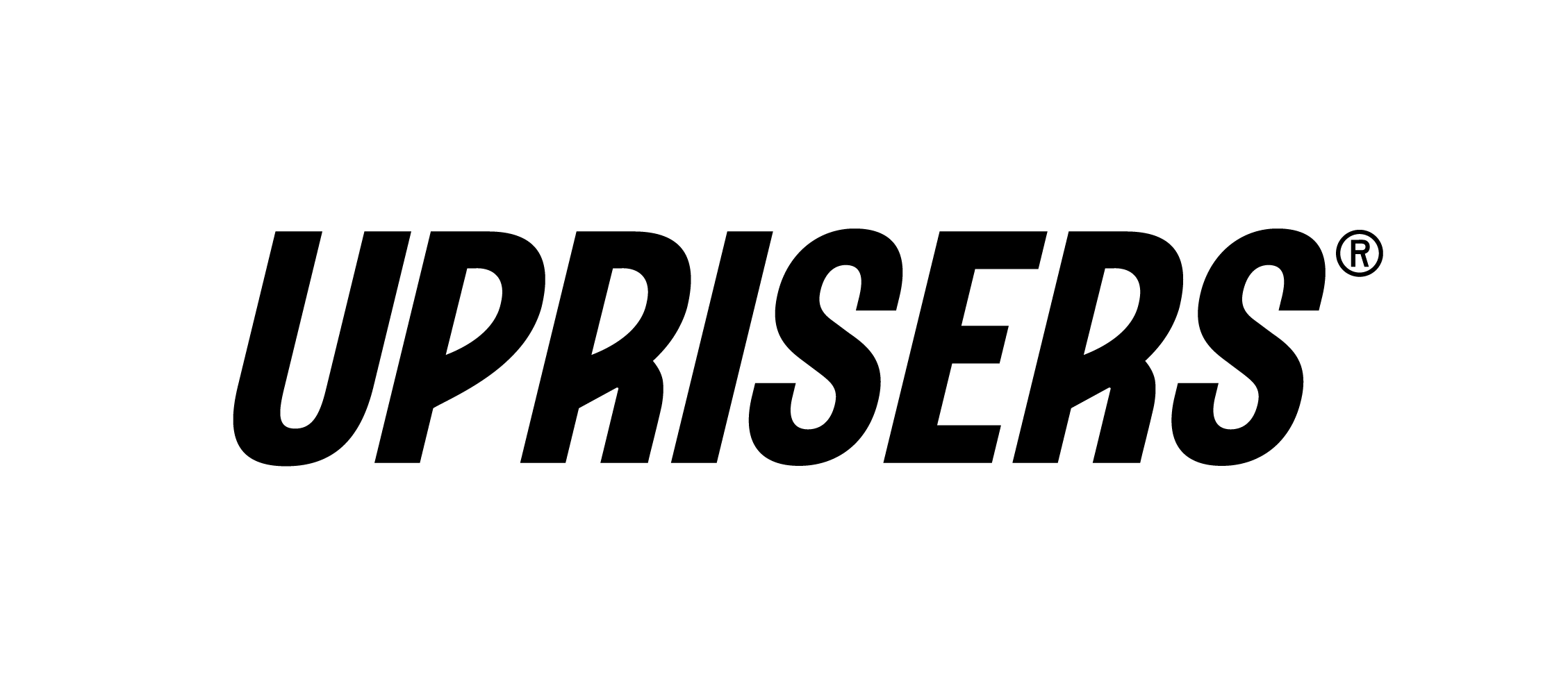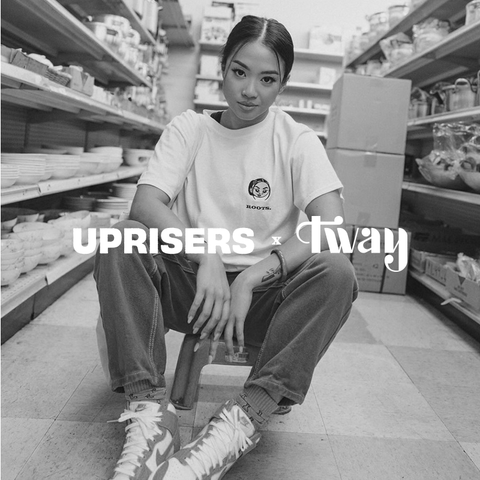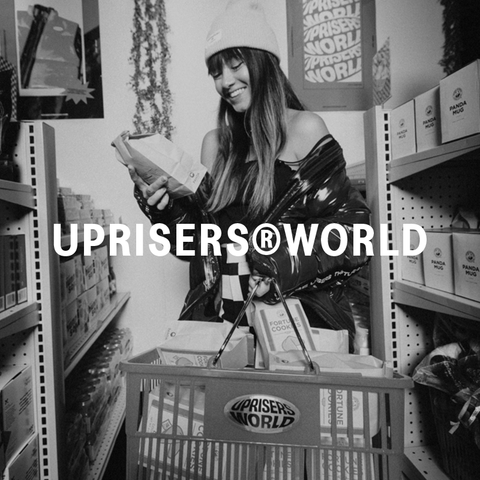Innovative design, problem solving and storytelling is reshaping the future of fashion – one unloved T-shirt at a time.

There’s an ignored, unloved corner at the back of every closet – a place old T-shirts call home. Maybe they’re volunteer shirts, grass-stained team jerseys or forgotten concert tees. Whichever the case may be, it’s time to revisit the corner.
Before scrapping, donating, or asking “does this spark joy?” let’s explore another option – Upcycling. Unlike traditional recycling, in which materials are sorted, broken down, cleaned, and rebuilt (a resource-heavy process), upcycling is a circular blueprint that allows unwanted, landfill-bound garments to be repurposed into high-quality, revived pieces. From a linear economy to an adaptive, viable loop, this model benefits more than just the environment – it also impacts sustainable systems, enduring economies and thriving communities.
Jenny Silbert and Stephanie Choi, who are the problem solvers, innovative designers, and storytellers of Rewilder, a sustainable design company that revives the obsolete into one-of-a-kind objects, set out to disrupt the linear economy. In doing so, the two are not only rethinking the language around trash but also reframing unwanted textiles as an abundant resource.
As we continue to learn and explore sustainable practices and innovations that are shaping the future of fashion, we sat down with them to discuss more about upcycling, their design-forward process, core vision of Rewilder, and more. Here’s what they said.
UPRISERS: How did you two meet?
Jenny: We met at Creative Mornings. I was giving a talk about Rewilder and Stephanie was in the audience. She came up to me afterwards and said she loved what I was doing. We shared a passion for trash, and that casual conversation turned into a longer discussion about working together.
Stephanie: In 2015, before I met Jenny, I was trying to figure out how to sort different fabrics using imaging. My fiance is a software engineer, so he was behind the tech stuff. I have a family background in textile and garment manufacturing, and always thought about all of the clothing that we get rid of and the need to recycle these textiles. I knew this was really important but it was an early-on idea at the time. People thought it was impossible. Next year, when I met Jenny, I thought: “Well, someone is doing something like this out there.”
UPRISERS: How would you explain your process of upcycling?
Jenny: The process for us is like detective work. Through a design lens, it's identifying materials that have design potential. We work with companies at a larger scale by looking at materials in their waste stream to see what can be reintroduced into the world of design. That's the first part.
Then with each material, there's processing and rehabilitation.. We figure out how to work with each material from a fabrication perspective: what are best practices for sewing, folding, binding, and additionally what materials fit together in terms of weight and color.
From a processing standpoint, T-shirts are the simplest thing we've ever done. Yet, in that simplicity, there's a lot of beauty. Take a T-shirt, cut it up, resew it into a new bolt of fabric, and then use that fabric to make a new one.
We now have a global perspective on the amount of trash flowing from America into the world and an understanding that developing countries don't want our old Super Bowl jerseys, old marathon T-shirts, or all the stuff that we're throwing away. We’re doing something to tackle that problem.
Stephanie: If you think about the process of upcycling, it still has the backend construction process as regular manufacturing. Let's say you're making a new T-shirt out of a new blank roll of cotton, the only thing that's added here is really in terms of labor. There's the labor of deconstructing something that's old, creative design thinking, and using design as a tool to figure out what someone else's trash can become. It’s all in the labor and not in the cost of materials.
We've depressed the cost of labor in different countries for so long – there are tons of problems in the very traditional supply chain. And so with upcycling, we're doing it here at a small scale in Los Angeles. The cost of it is so much higher because we're paying for a skilled craftsman – Walter or Jose Luis who handmakes the pieces. A lot of people don't see that or understand it, but it's really this labor of love that transforms something from a shirt that nobody wears into something really cool.

UPRISERS: Why is upcycling better?
Stephanie: There's multiple tangential lines of harm in the whole supply chain that we just don't have in upcycling. It's controlled and it's usually local. There are no shortcuts with upcycling. For example, you can't ship a bunch of stuff to China. If consumers are demanding upcycling, they're in it for the right reasons and so it filters out all of the harm. There's really no bad way to do upcycling. It's always going to be better than buying new things billed as “sustainable.”
UPRISERS: What was Rewilder’s initial vision? Has it changed as it evolved?
Jenny: Rewilder was started around one particular material – filter cloths from big beer manufacturing. We started as a consumer goods company selling bags. The way that we’ve grown over the years, since Stephanie and I started a partnership, is that we're really prioritizing impact and scaling through diversion. I think those are the two things that have really come to the forefront. We measure and do the metrics for every one of our projects to understand what's the real environmental impact, which translates to a direct health impact for people. Another change is we're working with larger scale partners that have potential to do bigger impact projects.
Stephanie: I think working with consumer goods, we're still in that fashion cycle. Consumers want new things, right? So, it almost goes against our ethos to constantly be churning out new things. When I first joined, we were focused on that part and then realized this is a one-to-one relationship. If we want to make an impact, we either have to make more items that constantly change and rotate in the way that the fashion consumer goods cycle does or we get more customers – which then is a lot of investment monetarily. So, working with B2B and big partners to divert their waste streams has more potential to make a big impact because they control a lot of materials and have channels for distribution.
UPRISERS: How is the partnership with UPRISERS different?
Jenny: This project falls in the sweet spot of being really creative, artistic, and justice motivated – environmental and social. We're passionate about it because it's an amazing opportunity to collaborate with Michelle and UPRISERS in our aligned values. So while not with a large company, this project is so compelling from the heart space. There is a lot of potential. We're doing something new and doing something novel and making a 100% upcycled Tee that actually, like Stephanie said before, looks good and it's cool and people are going to want to wear it.

UPRISERS: What is the creative process like whether that’s design or storytelling? What inspires you?
Jenny: Well, a lot of our design work starts with vintage pieces. My background is in architecture and design. Lisa, who I started Rewilder with, is a handbag designer. So a lot of those original designs were done when she was here. But, we also source vintage pieces, look at little details, and figure out what we want to incorporate. In this case, we worked with Michelle as well and the UPRISERS’ team to design TEE2.0! We worked with an artist to do the artwork for this – which had a specific goal in mind to support HateIsAVirus.
Stephanie: A lot of our process is really just problem solving. When you're upcycling, you have something that's already a certain way without the opportunity to manipulate it as much, and so you need to use a lot of design, problem solving, and creativity in order to massage what you want out of it. It is a little bit of engineering – we don't really talk about it as much as we should. When we run into challenges, we’re asking what makes sense, what if we split the seam here, or do it this way.
UPRISERS: How is design in upcycling different from other design processes?
Jenny: It’s always a series of prototypes. The other important thing I wanted to mention about our design process is that since our work is in upcycling we're always starting from the perspective of the materials. We're finding materials and then figuring out what those materials would be best for from a design perspective. We are flipping that entire process on its head because typically what happens as a designer, at least with my experience in architecture, people would design things with no understanding of materiality. You would do a formal design and then you would ask: “What materials can I apply to this, does this look like it should be made of canvas or it should be made of glass?” You do the design first and then think about the materials. We do the opposite: we're looking first at materials available to us for diversion and then what things can we design from those materials? It's like a total flip of what you’re taught in design school.
Stephanie: It's grounded much more in reality, which forces you to be more creative and problem solving. Because these other designers are dreaming of something and then they don't actually need to think about the steps – so the dream versus reality isn’t always there. But for us, our dreams start realistically and it only gets better because it's always been grounded. Everything looks cooler than when we first dream of it. We actually level it up instead of leveling it down with realism.
Jenny: And there's also a lot of industry and technology transfer in our work. For example, the Airbag fabrics, those are industrial fabrics that end up in design applications. We're taking a material from the automotive industry and then applying it in other ways to design furniture, bags, and outerwear. We're actually using it in cross-industry applications and we're not limited in that way either.
UPRISERS: What would be your life’s work message?
Jenny: I don't know if this is a life's mission, but something that I've been feeling a lot lately – particularly listening to and reading a lot of the indigenous leaders on climate change and the climate crisis – is this intense wish and desire that people in general are more connected with the cycles of the Earth. It's like we've taken a wrong turn and people in general are really disconnected from the Earth.
Stephanie: At first I was thinking this is hard, but then I thought about my personality and how I've always kind of given value to things, people, and places that other people devalue. So with friends, I always seek out the friends that other people take advantage of to uplift them and go in service of them or being nice to the people that care for or serve you. Like how there are all these people that are assholes to waiters and cashiers so we want to be extra nice to them – that sort of thing. And obviously with Rewilder and finding the wealth in waste. I also like to travel off the beaten path, like my favorite places are the ones that other people don't go to.





